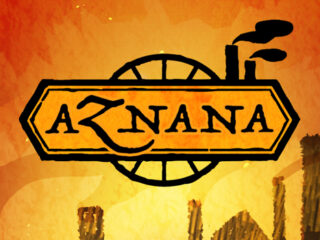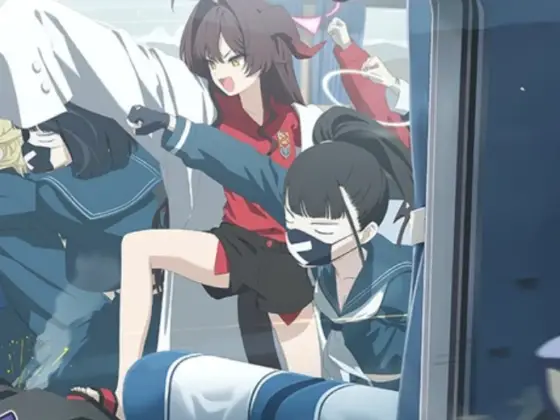Indie Gem
Ever since I started playing Crystal Story, I’ve been searching for the right way to describe how intensely addicting it is. I’m sure you’ve already seen the headlines—“Woman Loses Job, Spouse, Little Sparkle of Life in her Eyes from Addiction to Mobile Phone App”—so I’ll skip ahead to the part where I end up desperate and homeless, offering Crystal Story tips for some spare change and running an Indiegogo campaign called, “Recovering Crystal Addict: Please help me raise funds for a new job, spouse, and that little sparkle of life in my eyes.” But you know what? It was worth it. Crystal Story may not stray far from the traditional turn-based RPG formula, but it knows how to get you hooked—and keep you coming back for more.
The plot in Crystal Story is comically generic. An evil witch steals a magic crystal from the land of Crystalia. Shortly afterward, a fishy knight enlists the help of our four heroes to defeat the witch but give him all the credit for her capture. So they all set off for Evil Cave, battling monsters and blobs of slime, in the hopes of saving the world. The personalities of the heroes in your party are(somewhat painfully) generic—you’ve got Tristam, the Earnest; Kaeli, the Dour; Phoebe, the Ditz; and Reuben, the Horny. Fortunately, the cutscenes are sparse enough to make exchanges that sound like this mildly amusing:
Tristam: We’re on the case!
Reuben: Ma’am, it would be my honor to kiss your hand.
Kaeli: Go away, Reuben.
Phoebe: YAY I WILL HIT THE BAD WITCH WITH MY HAMMER WEEEE.
Throngs of Good Stuff
Of course, each of these characters gets to embody one of the typical character classes—Warrior, Mage, Rogue, and Healer. One thing that I like about CS is that there’s a lot of flexibility in assigning Ability Points. None of the characters have designated classes. So, Kaeli can be the Healer in one game and the Warrior in another. Theoretically, you can drop a character class all together and try your luck with two Mages, for example. You can also reset your characters’ Ability Points for a fee at any time during the game, so you can completely readjust your strategy on a whim.
Here’s why the game is so successful: it offers up a huge variety of enemies, randomly generated in each room, lots of cool spells and upgradable equipment, and side quests to keep you busy. A new miniboss appears every two floors (each with its own reward). Thus, you’re never stuck in endless grinds wondering when things will get interesting. The minibosses also have endearing descriptions like “King Slime likes long walks on the beach and ponies” and “Zombieking likes to eat ponies.”
Conclusion
Unfortunately, not all of the title’s artwork is totally up to snuff. Enemies generally look cool, but the cave lacks detail and the characters themselves look like your run-of-the-mill anime fan art. This wasn’t really distracting until I met Bubbles, the woman whose cat I was supposed to rescue, who is about as accurately represented as the fresco Jesus restoration painting.

However, I have to give developer Emmanuel Salva Cruz credit for putting together a game this good pretty much all by himself. And we should thank him for porting this browser hit to Android, so we can play it anywhere, any time. No longer do we have to itch and sweat until we’re back home to our desktops to continue pursuing the magic crystal. Whenever we want a taste, all we have to do is reach into our pockets.
Hardcore?
Yes.
Though it loses a few points for lack of originality, it prevails as a traditional RPG that you won’t be able to put down.




























